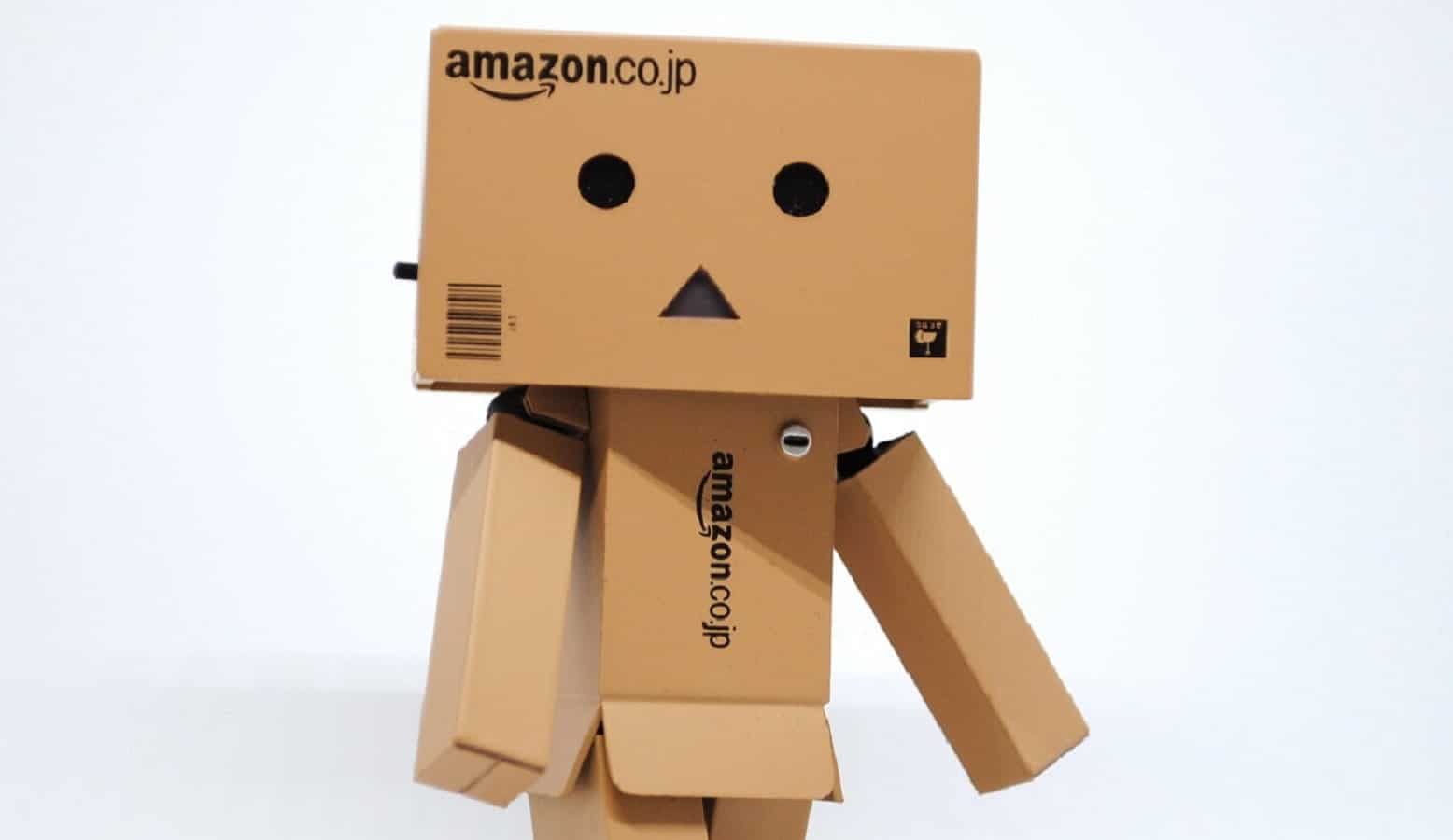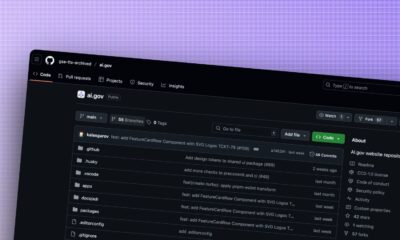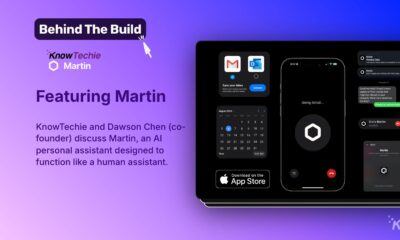News
Amazon says fully-automated warehouses are at least a decade away
As the current workforce breathes a sigh of relief.

Just a heads up, if you buy something through our links, we may get a small share of the sale. It’s one of the ways we keep the lights on here. Click here for more.
Okay, so they won’t look like the cute cardboard one above, but robots are very much the future of Amazon’s logistics network. Whether that’s robots for picking, transporting, sorting or packing, the rise towards automation is coming. How soon it’ll come is the only question, with Scott Anderson, Amazon’s company director of robotics fulfillment saying that day is at least a decade away.
He made that proclamation while escorting reporters from Reuters and other outlets around an Amazon warehouse in Baltimore. See, some tasks just aren’t easily replaceable by a robot, such as picking the ripeness of bananas or putting things into cardboard boxes for shipping.
They’re great for easily-repeatable tasks, like putting chips on circuit boards, but struggle with things that are simple for humans, like picking up an object that we’ve never seen before. The skills needed for dynamic tasks like this are still in the research stages, with commercial implementations still just out of grasp.
Roll for dexterity
Teaching a robot to grip various items without crushing any of them is a challenge. That’s why robot arms haven’t really made it off the assembly line, where they can be taught to do one specific task. Even with the 100,000+ robotic forklifts that Amazon calls “drives,” the bulk of the work in its warehouses is done by human hands.
That’s going to change going forward, with the recent advances in deep learning that have pushed AI research even further. Robotic vision and motor control are getting ever-closer to human levels of dexterity and finesse. Amazon is one of the leaders in this field, even going so far to hold a yearly “picking challenge,” named after the warehouse term for picking up an object and moving it to the next part of the logistics chain.
A helping hand
While they’re not always grabbing headlines, other companies and research teams have made notable progress towards robotic grips. UC Berkeley has a robotics lab that has created a two-armed, low-cost robot called Blue, which can do complex tasks such as folding a towel. That’s due to its AI-powered vision system, something that the robots of the future will need for success.
Research lab OpenAI has been using reinforcement learning to teach a robotic hand ever-increasingly precise and elegant moves, like juggling a block between its fingers.
My take? These researchers and companies will have to learn to share in order to make a commercially-successful robotic arm that can handle a changing workload. Will it take less than a decade? I guess we’ll find out in 2028…
What do you think? Interested in seeing what Amazon can do in the next decade regarding robotics? Let us know down below in the comments or carry the discussion over to our Twitter or Facebook.
Editors’ Recommendations:
- Google just rolled out new tools to auto-delete your location and activity data
- No HBO Go? Try Twitch to catch all the latest ‘Game of Thrones’ episodes
- Facebook is going forward with merging all of its messaging apps
- For the first time, a drone was used to transport a donor organ
- Amazon wants to turn your Ring doorbell into a crime news service
































